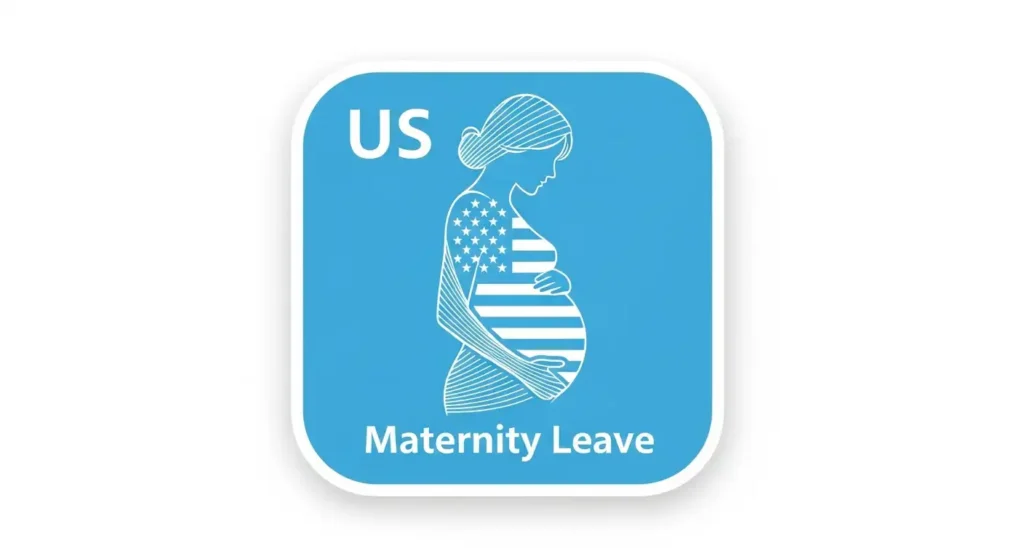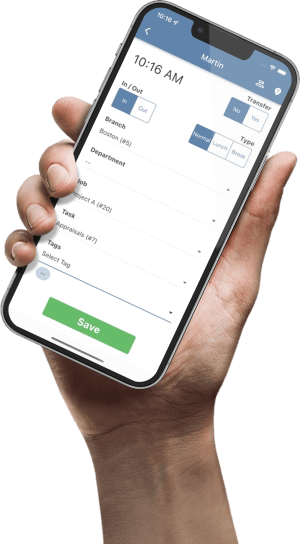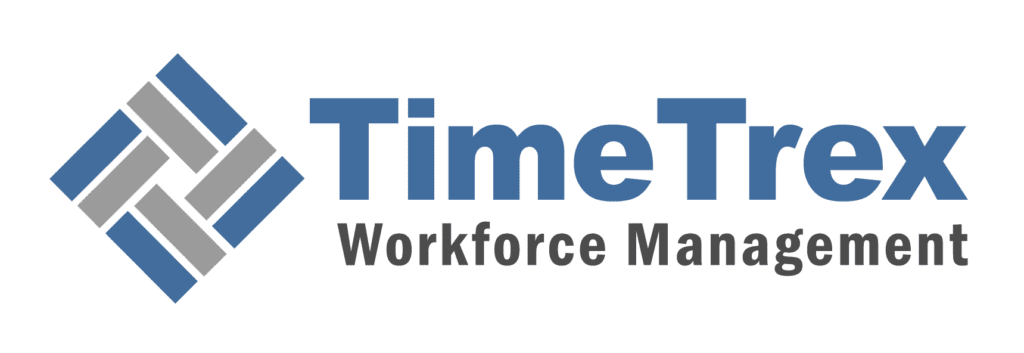
Maternity and Parental Leave in the United States
Understanding maternity leave in the US requires navigating a complex system of federal and state laws. Unlike most developed nations, the U.S. has no federal mandate for paid parental leave, making laws like the Family and Medical Leave Act (FMLA) the primary source of job protection. This guide breaks down the essential components of US maternity and parental leave, including federal protections, the growing number of state-level paid family leave programs, and the role of corporate policies in bridging the income gap for new parents.
TL;DR
The United States does not have a national paid maternity or parental leave law. Federal law, primarily the Family and Medical Leave Act (FMLA), provides up to 12 weeks of unpaid, job-protected leave for eligible employees at larger companies. For pay, employees rely on a patchwork of state-level paid family leave (PFML) programs (available in over a dozen states), employer-provided benefits, short-term disability insurance, or their own saved time off. Protections against discrimination are provided by the Pregnancy Discrimination Act (PDA) and the Pregnant Workers Fairness Act (PWFA), which mandates reasonable accommodations.
On This Page
- The Foundation: Federal Protections for Parental Leave in the U.S.
- The Financial Reality: Bridging the Income Gap of Unpaid Leave
- The Evolving Landscape: State-Mandated Paid Family and Medical Leave (PFML)
- Corporate America's Response: Trends in Employer-Provided Parental Leave
- An Inclusive Framework: Leave for Fathers, Adoptive, and Foster Parents
- Practical Guidance for Employees and Employers
- Global Context and Future Outlook
- Economic & Social Impacts of Parental Leave
- Strategic Recommendations
The Foundation: Federal Protections for Parental Leave in the U.S.
The legal framework for maternity and parental leave in the United States is uniquely characterized by its fragmented, multi-layered structure. Unlike most developed nations, the U.S. lacks a singular, national mandate for paid parental leave. Instead, it relies on a foundation of federal laws that provide a baseline of unpaid, job-protected leave and anti-discrimination rights. This foundational "tripod" of federal protection—comprising the Family and Medical Leave Act (FMLA), the Pregnancy Discrimination Act (PDA), and the Pregnant Workers Fairness Act (PWFA)—establishes a floor of rights but leaves significant gaps in coverage and provides no direct wage replacement. Understanding the distinct purpose and limitations of each of these statutes is essential to comprehending the complex landscape that employees, employers, and policymakers must navigate.
The Family and Medical Leave Act (FMLA): The Cornerstone of Unpaid, Job-Protected Leave
The Family and Medical Leave Act of 1993 (FMLA) is the primary federal law governing parental leave in the United States. It provides eligible employees with job-protected, unpaid leave for specified family and medical reasons, including the arrival of a new child.
The FMLA Coverage Gap
The FMLA's strict eligibility requirements mean that its protections do not extend to a large portion of the American workforce, creating a significant "safety net" gap.
The Stringent "Three-Legged Stool" of Eligibility
Access to FMLA protections is not universal and is contingent upon meeting a strict, cumulative set of criteria related to the employer's size, the employee's tenure, and their recent hours of service. This "three-legged stool" of eligibility significantly limits the law's reach:
- Employer Coverage: Applies to private-sector employers with 50 or more employees, all public agencies, and all public and private schools.
- Employee Tenure: An employee must have worked for their employer for at least 12 months (non-consecutively).
- Hours of Service: The employee must have worked at least 1,250 hours for the employer during the 12 months immediately before the leave starts.
- Worksite Requirement: The employee must work at a location where the employer has at least 50 employees within a 75-mile radius.
The Pregnancy Discrimination Act (PDA) & Pregnant Workers Fairness Act (PWFA)
Beyond the FMLA, two other laws provide critical protections. The Pregnancy Discrimination Act (PDA) prohibits discrimination and requires employers (15+ employees) to treat pregnancy-related conditions the same as other temporary disabilities. The newer Pregnant Workers Fairness Act (PWFA) requires employers (15+ employees) to provide reasonable accommodations for limitations related to pregnancy, childbirth, or related medical conditions.
| Law | Primary Purpose | Employer Size Threshold | Key Protections | Paid/Unpaid |
|---|---|---|---|---|
| Family and Medical Leave Act (FMLA) | Provides job-protected leave for qualifying family and medical reasons. | 50+ employees (private sector) | Up to 12 weeks of leave; job reinstatement; continuation of health benefits. | Unpaid |
| Pregnancy Discrimination Act (PDA) | Prohibits discrimination based on pregnancy, childbirth, or related medical conditions. | 15+ employees | Requires employers to treat pregnant employees the same as other employees similar in their ability or inability to work. | N/A (ensures equal access to existing policies) |
| Pregnant Workers Fairness Act (PWFA) | Requires employers to provide reasonable accommodations for limitations related to pregnancy. | 15+ employees | Affirmative duty to provide accommodations (e.g., modified duties, time off) unless it causes undue hardship. | Unpaid (unless accommodation involves use of paid leave) |
The Financial Reality: Bridging the Income Gap of Unpaid Leave
With federal law only guaranteeing unpaid leave, American workers must navigate a complex patchwork of options to secure income during the postpartum period. This privatizes the financial burden, in stark contrast to the social insurance models common in other developed nations.
The Evolving Landscape: State-Mandated Paid Family and Medical Leave (PFML)
In the void left by federal inaction, a growing number of states have created their own Paid Family and Medical Leave (PFML) programs. These programs fundamentally alter the landscape for workers in covered states, shifting the paradigm from a default of unpaid leave to an entitlement of partially paid, job-protected time off.
A Patchwork of Policies: State-Level Leave
The absence of a federal mandate has led to a geographical lottery, where access to paid leave depends entirely on state law.
Deep Dive: California & New York
California's dual system (CFRA for job protection, PFL for pay) and New York's integrated PFL program represent two leading models. Both are funded through employee payroll deductions and offer partial wage replacement for bonding leave, but differ in eligibility and how job protection is handled.
Corporate America's Response: Trends in Employer-Provided Parental Leave
In the absence of a federal paid leave mandate, the private sector has become a primary, albeit inconsistent, source of paid parental leave benefits. Corporate policies are shaped by market forces, resulting in a landscape where an employee's access to paid time off is often determined by their industry and employer size.
Access to Paid Family Leave
27%
Only 27% of private industry workers in the U.S. have access to paid family leave through their employers. This benefit is often a luxury, not a standard.
Benchmarking Leave Policies: An Analysis by Industry and Company Size
Data reveals stark disparities. As of March 2023, access to paid family leave is not evenly distributed, with high-wage, knowledge-based industries like Technology and Professional Services offering far more generous benefits than lower-wage service sectors. Large corporations are also far more likely to offer paid leave than small and medium-sized businesses.
The Income Disparity in Leave Access
Access to paid family leave is heavily skewed by income. High-wage earners are significantly more likely to have this benefit compared to their low-wage counterparts.
Access to PAID Family Leave
An Inclusive Framework: Leave for Fathers, Adoptive, and Foster Parents
The conversation has evolved from "maternity leave" to a more inclusive "parental leave" framework. Federal and state laws, as well as progressive corporate policies, increasingly recognize the importance of providing leave to all new parents, including fathers, and for all paths to parenthood, including adoption and foster care.
Practical Guidance for Employees and Employers
Navigating the complex web of leave policies requires careful planning and clear communication. Both employees and employers have specific rights and responsibilities.
Global Context and Future Outlook
The United States' approach to maternity and parental leave is a significant outlier among developed nations. Examining the U.S. system in a global context reveals fundamental differences in policy and philosophy.
The Global Context: How the US Compares
The lack of a national paid leave mandate makes the U.S. a stark outlier among developed nations. The chart below shows the number of weeks of paid maternity or parental leave guaranteed at the national level in various OECD countries.
Economic & Social Impacts of Parental Leave
The presence or absence of paid parental leave has profound, well-documented effects on families, businesses, and the economy as a whole.
▲The Benefits of Paid Leave
- ✓Improves maternal and infant health outcomes.
- ✓Increases the likelihood that mothers will return to the workforce.
- ✓Boosts long-term earnings for women and helps close the gender pay gap.
- ✓Reduces reliance on public assistance programs for new families.
▼The Consequences of No Paid Leave
- ✗Forces many parents back to work within weeks of giving birth.
- ✗Creates significant financial strain and stress on families.
- ✗Contributes to higher rates of postpartum depression.
- ✗Leads to lower female labor force participation over time.
Strategic Recommendations
The U.S. parental leave system is fragmented and inequitable. The following recommendations are proposed for key stakeholders to improve the current landscape.
For Corporate Leaders and HR Professionals
Treat paid parental leave as a strategic investment in talent retention. Aim for a minimum standard of 12 weeks of paid leave, offered on a gender-neutral basis to all new parents. Decouple this "bonding leave" from short-term disability to eliminate structural inequities.
Simplify Your HR and Leave Management
Navigating complex leave policies doesn't have to be a burden. TimeTrex's all-in-one HR software streamlines leave tracking, policy management, and compliance, giving you more time to focus on supporting your employees.
Learn More About TimeTrex HRMDisclaimer: The content provided on this webpage is for informational purposes only and is not intended to be a substitute for professional advice. While we strive to ensure the accuracy and timeliness of the information presented here, the details may change over time or vary in different jurisdictions. Therefore, we do not guarantee the completeness, reliability, or absolute accuracy of this information. The information on this page should not be used as a basis for making legal, financial, or any other key decisions. We strongly advise consulting with a qualified professional or expert in the relevant field for specific advice, guidance, or services. By using this webpage, you acknowledge that the information is offered “as is” and that we are not liable for any errors, omissions, or inaccuracies in the content, nor for any actions taken based on the information provided. We shall not be held liable for any direct, indirect, incidental, consequential, or punitive damages arising out of your access to, use of, or reliance on any content on this page.
About The Author

Roger Wood
With a Baccalaureate of Science and advanced studies in business, Roger has successfully managed businesses across five continents. His extensive global experience and strategic insights contribute significantly to the success of TimeTrex. His expertise and dedication ensure we deliver top-notch solutions to our clients around the world.
Time To Clock-In
Start your 30-day free trial!
Experience the Ultimate Workforce Solution and Revolutionize Your Business Today
- Eliminate Errors
- Simple & Easy To Use
- Real-time Reporting

Saving businesses time and money through better workforce management since 2003.
Copyright © 2025 TimeTrex. All Rights Reserved.
